IN CONVERSATION WITH:
PAMELA GARCIA VALERO
PAMELA GARCIA VALERO
(05.10.21)
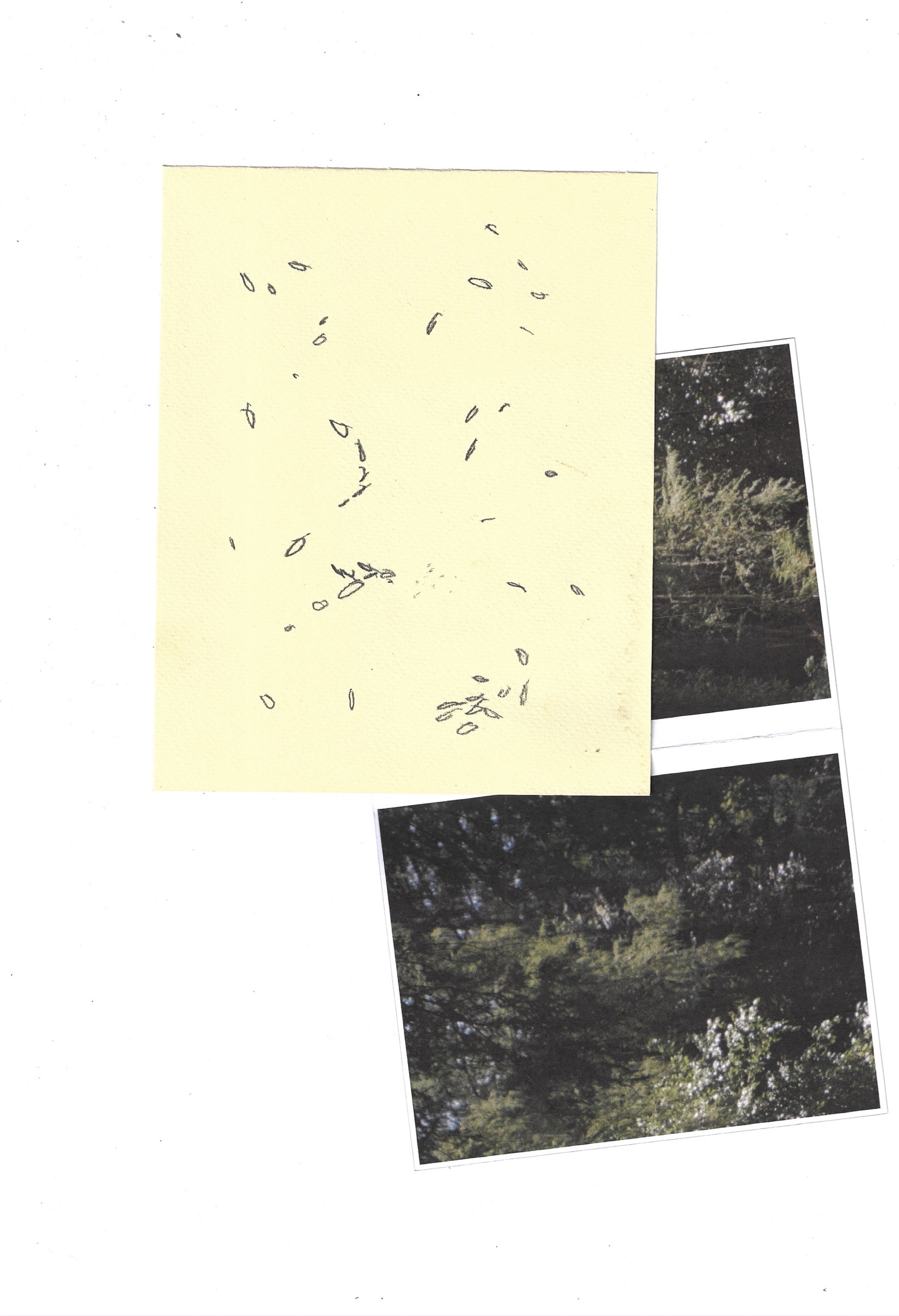
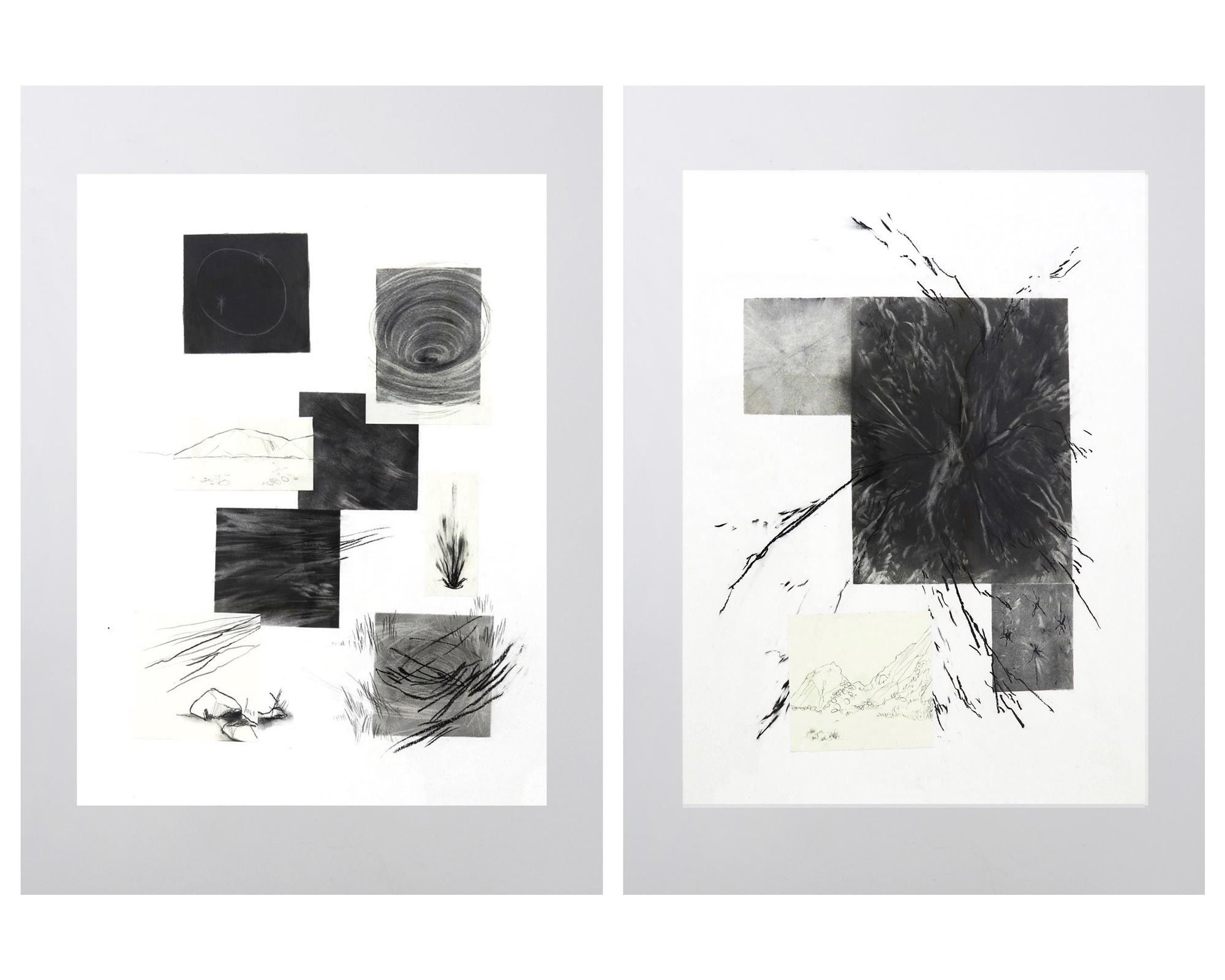
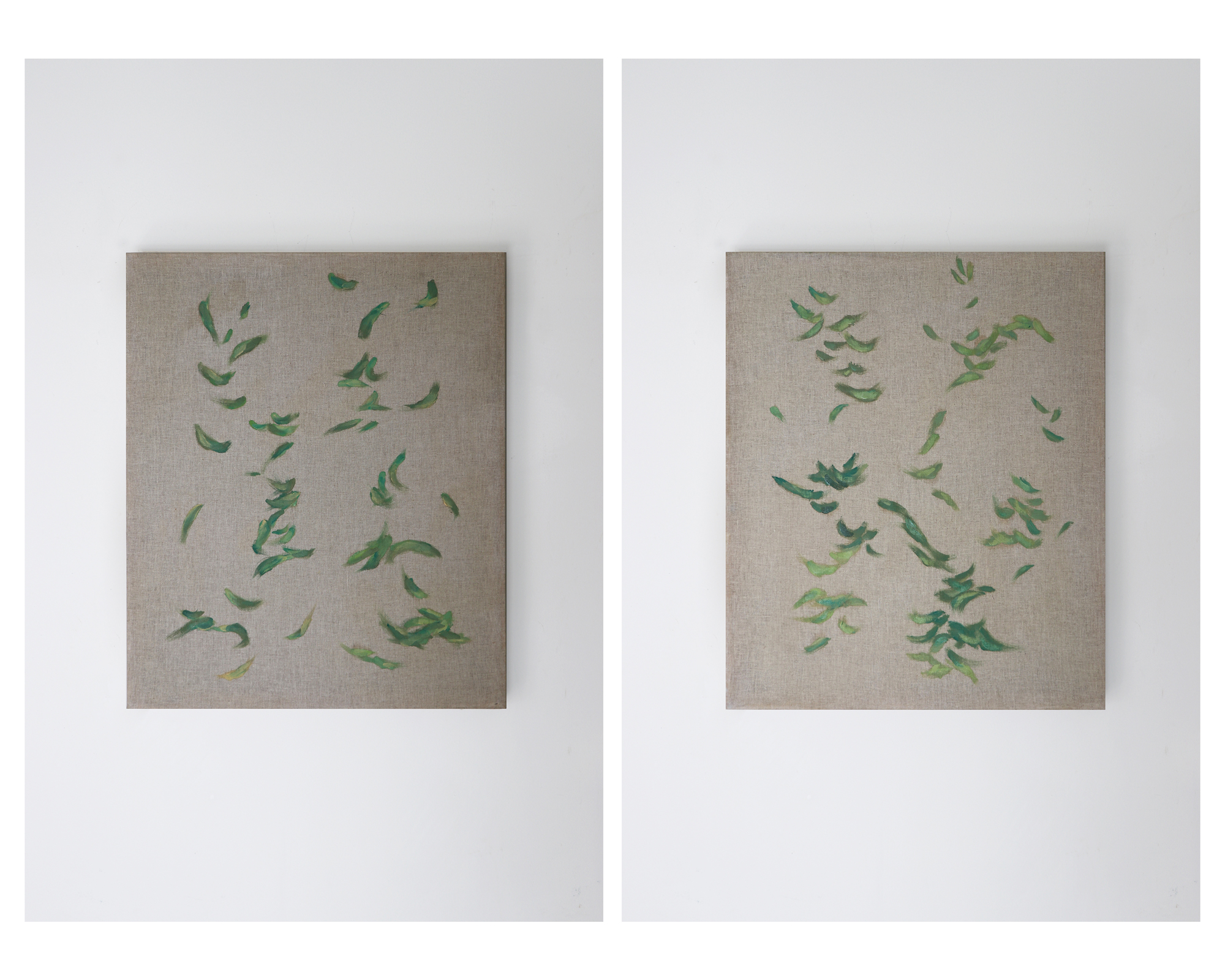
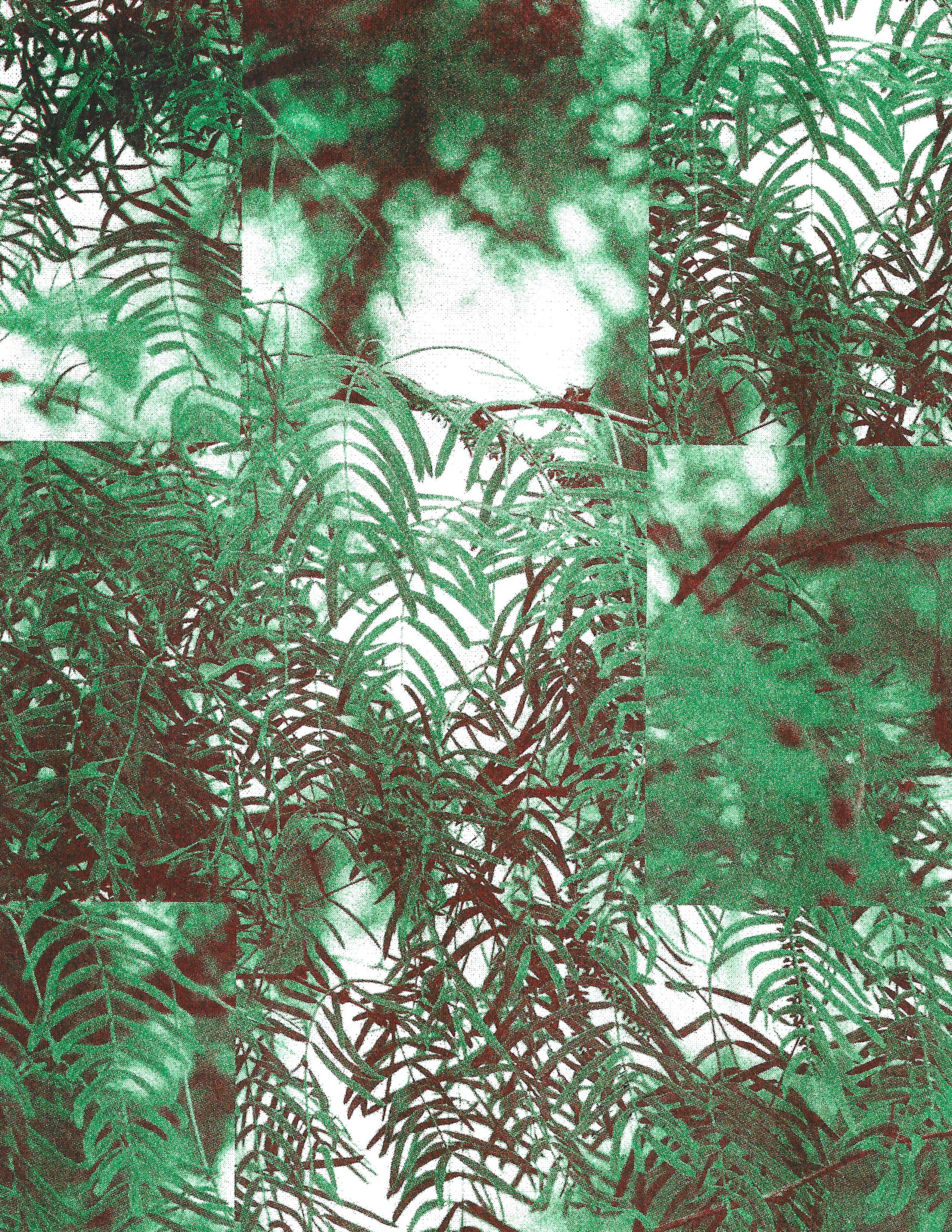
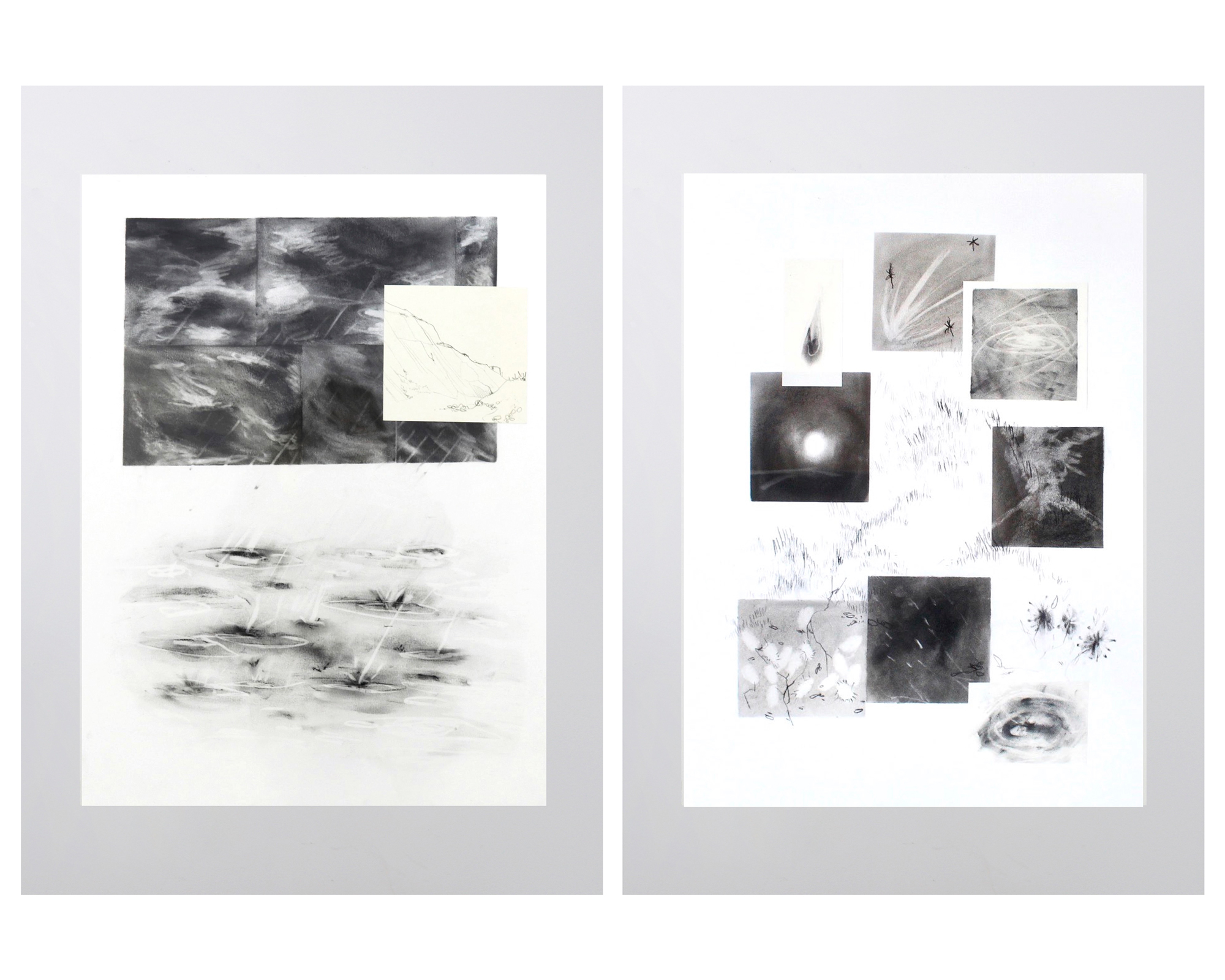
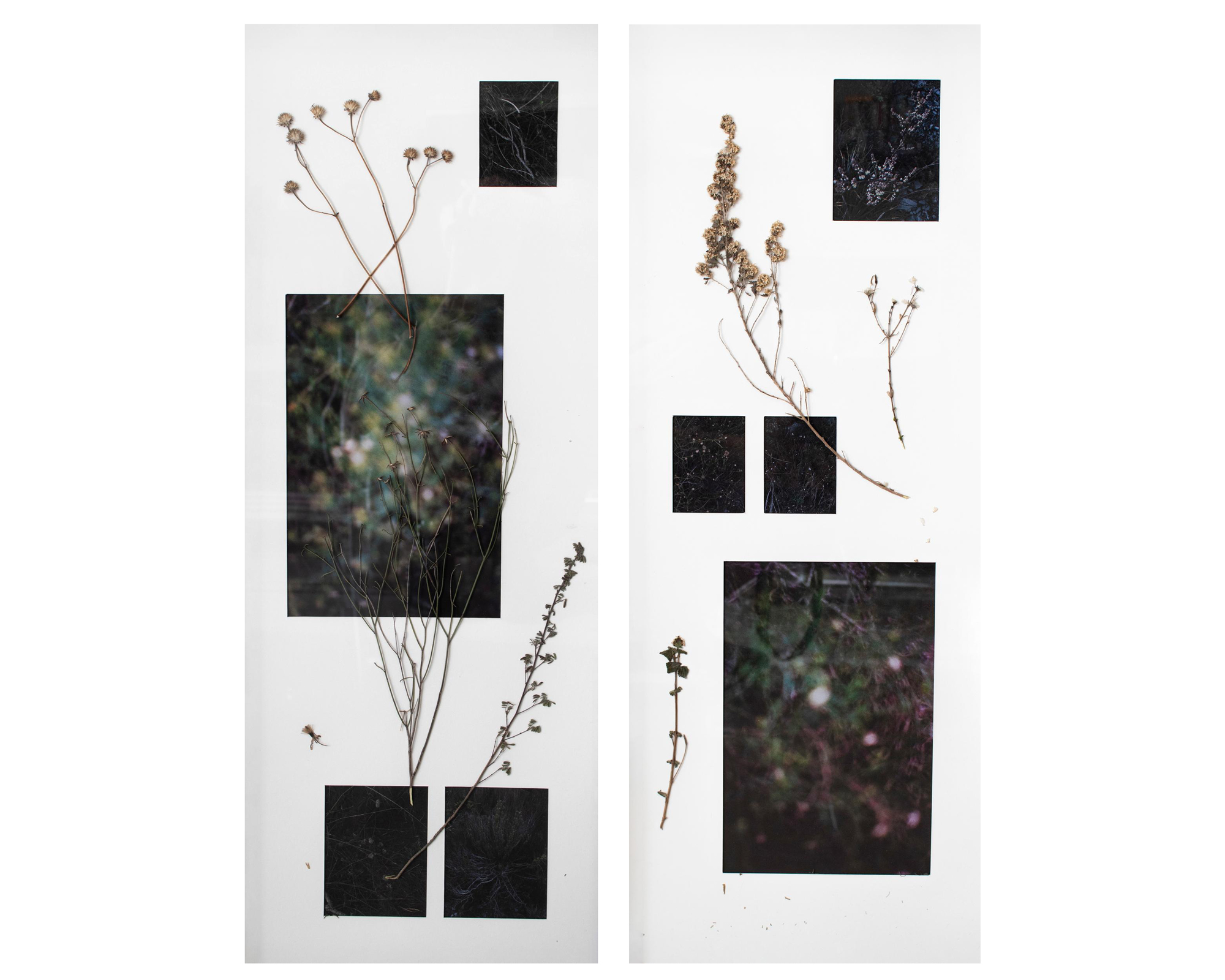
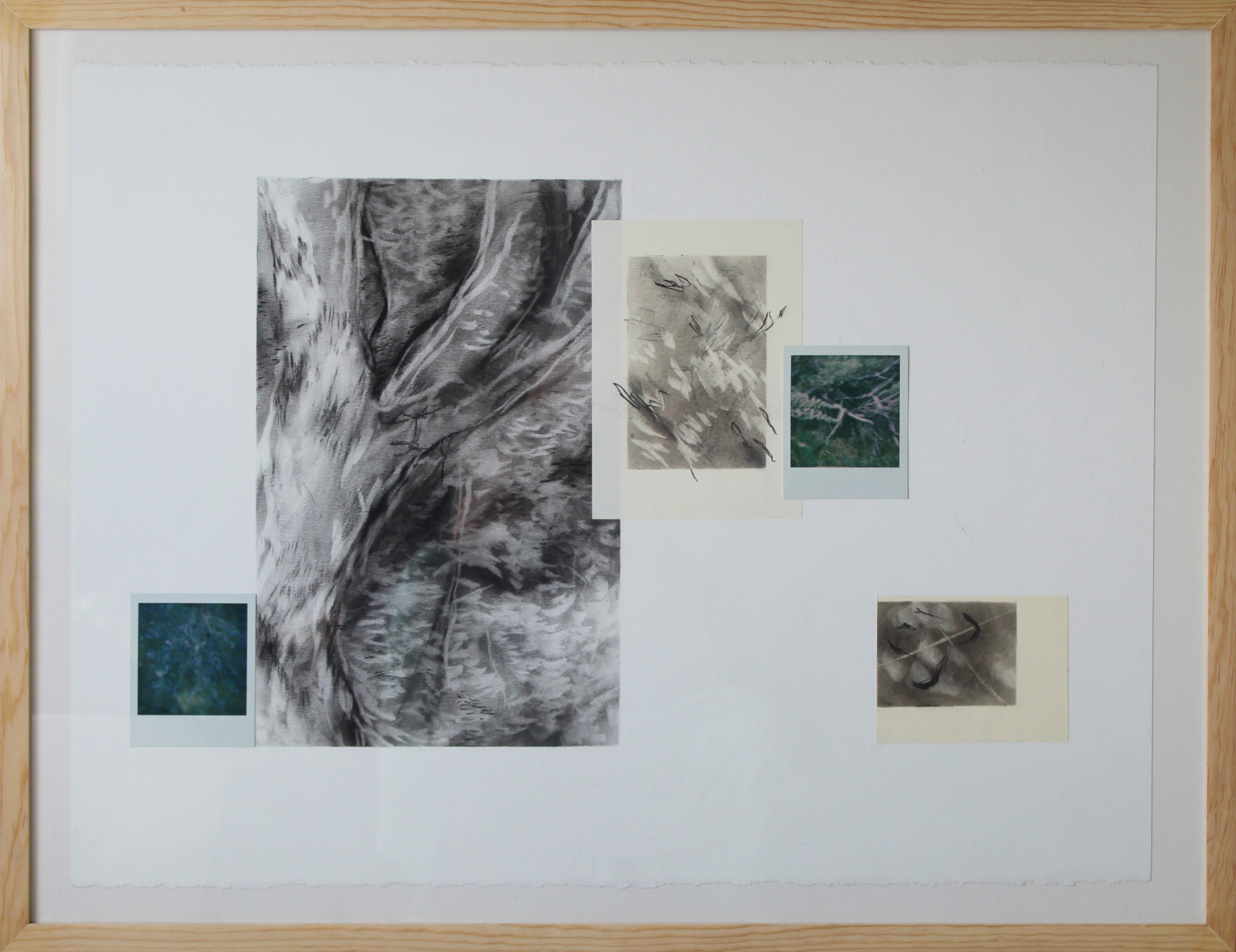

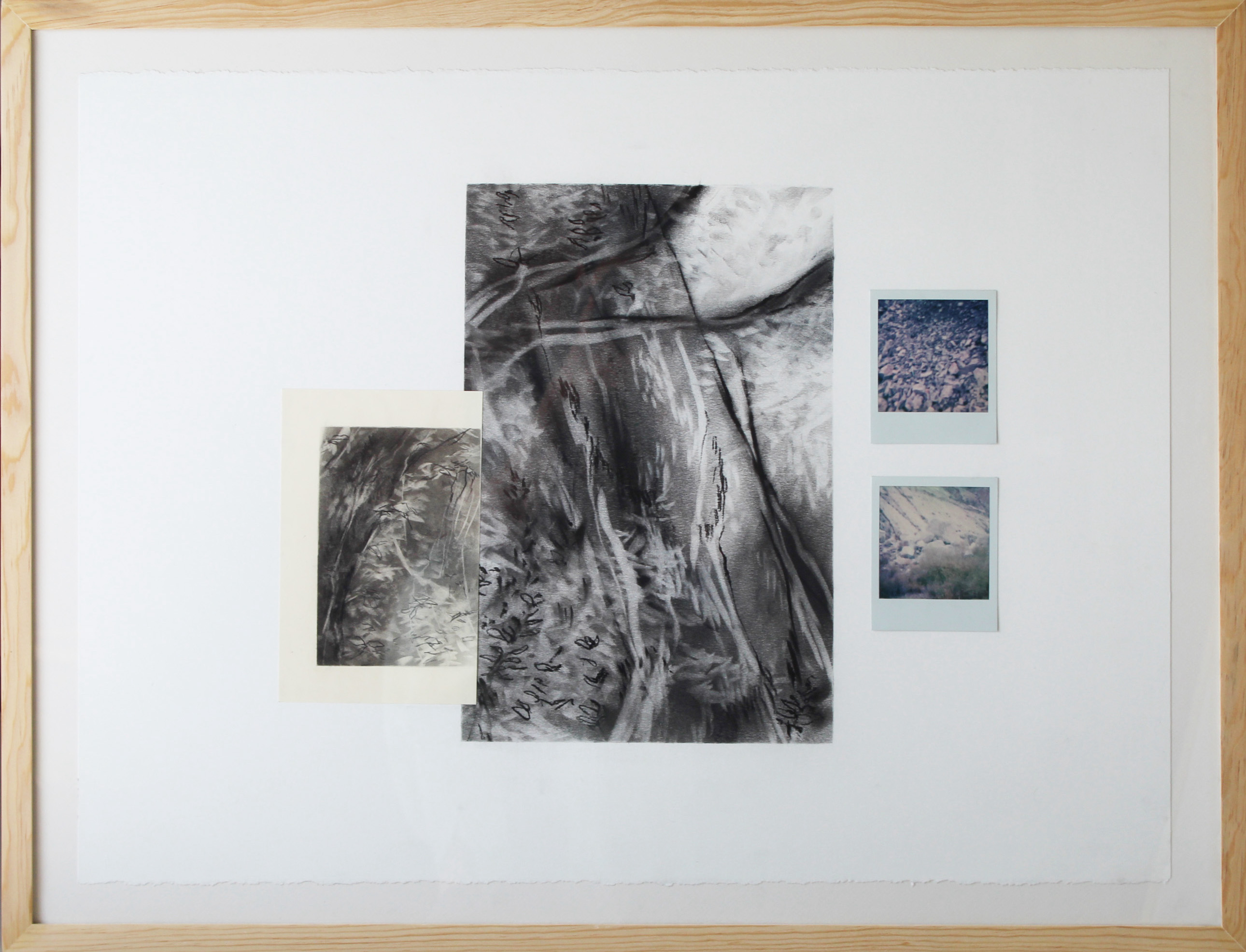
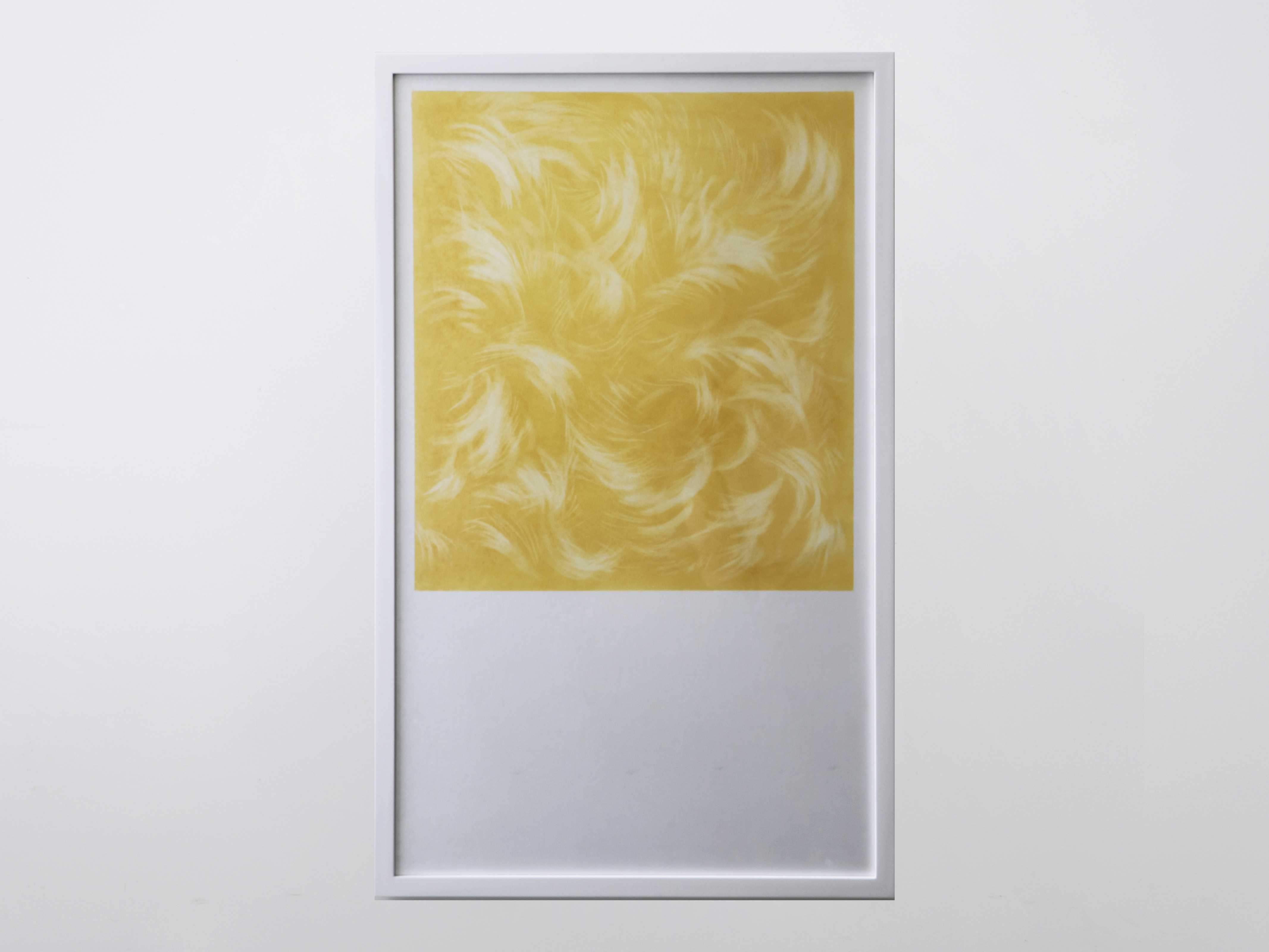
In Conversation with Adrian J. Song
Adrian Song: There's a sense I get that you're constantly trying to perceive the world around you for the first time.
AS: Do you feel we've lost something as we've become more distant from the natural world?
AS: How do you remind yourself?
AS: A lot of your work seems to form links between what you observe in the landscape and your internal environment. There's a poetic process happening there.
AS: Almost like you're trying to figure out how to communicate the unspeakable?
AS: The fact that we can never truly know everything?
AS: It does make me wonder what people would make art about if we could be fully understood.
AS: It does sound boring, my hope is we’d be more content. Either way, I don't think it would impact your passion for documenting.
AS: Do you ever fear the cost of capturing a moment is that it’s altered through the act of photographing it, that we’re constantly filtering the present through a lens?
AS: I like that perspective a lot. Do you feel there’s a pressure to somehow utilize all this material you've gathered? To make sense of it somehow?
AS: I saw you recently made an Oracle deck using photographs from your archive. I'm curious to how this came about. How did you make these pairings?
AS: Do you do readings? How is your future looking?
AS: Please, tell me about your love of rocks!
AS: According to your Oracle reading, your future is looking good. But, what's happening right now? What’s been inspiring you at the moment?
︎
Pamela Garcia Valero is a multidisciplinary artist based in Monterrey, Mexico. Her work explores emerging approaches to nature, the landscape, and oneself; highlighting gestures in which peculiarities and details have the possibility of creating new narratives.
To see more work by Pamela Garcia Valero, visit - Website / Instagram
︎
Pamela Valero: That’s a really nice way to put it, gracias.
AS: Do you feel we've lost something as we've become more distant from the natural world?
PV: It’s just a matter of redirecting our attention, people tend to forget easily.
AS: How do you remind yourself?
PV: I try to keep breathing. Conscious breathing exercises that over time have helped me remain aware and stay curious. I’m really interested in approaching my surroundings through details, as well as the experiences that nature has to offer. Thinking about roots, connections, and how we are all part of a whole.
AS: A lot of your work seems to form links between what you observe in the landscape and your internal environment. There's a poetic process happening there.
PV: I see it as something similar to building paths, and on a good day it tends to reach a destination. Sometimes it all makes sense, other times it can lead me somewhere I'd never expect.
AS: Almost like you're trying to figure out how to communicate the unspeakable?
PV: I do spend a large amount of time (more than I would like to admit) thinking about how to draw a breeze, the movements in a rock life, or the unique trajectory of each leaf falling from a tree. Compared to nature, I’m reminded of how small we truly are. But at the same time, that's what entices me to engage, as what it can reveal seems limitless. I like the idea of carrying with me more questions than answers. Somehow, it makes me feel at ease.
AS: The fact that we can never truly know everything?
PV: The fact that we can keep learning – and as you said it, have the ability to see as if it was for the first time. Thanks to our ever-building surroundings.
AS: It does make me wonder what people would make art about if we could be fully understood.
PV: I just hope people won’t stop making and creating interpretations of our world. Also, I think it would be a little boring, don't you?
AS: It does sound boring, my hope is we’d be more content. Either way, I don't think it would impact your passion for documenting.
PV: I do document a lot, though I'm constantly trying to keep a balance. For me, each time I take a picture it quickly transforms that moment into a lock inside my brain, and it allows me to return.
There's this quote from Adrian Ivakhiv in his book I'm currently reading ‘Shadowing the Anthropocene’ that says, "Try to look at a photographic image in terms of speculation rather than figurative representation." That's a nice perspective that allows more open space for interpretation. Where narratives and ideas have the ability to transform.
AS: Do you ever fear the cost of capturing a moment is that it’s altered through the act of photographing it, that we’re constantly filtering the present through a lens?
PV: I'm pretty much excited about the transforming part that happens. You get to see with different eyes. That's also why analog photography has a special place in my heart, you never know what to expect. It's taught me to be at ease with whatever emerges.
AS: I like that perspective a lot. Do you feel there’s a pressure to somehow utilize all this material you've gathered? To make sense of it somehow?
PV: As for today, I gave myself the task to create a better organization system for all my images, which is now resting on different hard drives. But more than a pressure, I see it as a vast catalog of material. Much of it doesn’t necessarily become something the moment I capture it. Usually, I tend to gather material that catches my eye without a precise intention. Later on, when seeing it all on a broad scale, pieces start to interconnect and in some cases it begins to develop into something new.
AS: I saw you recently made an Oracle deck using photographs from your archive. I'm curious to how this came about. How did you make these pairings?
PV: The Oracle deck came as a result of an archive I collected from three excursions. I hiked to one of the main mountains of Monterrey, free from any social conscience, out by the Pedreras. During these trips I started to see the landscape as emotions. The hike turned out to be a kind of meditation and practice of awareness. The idea of turning it into an Oracle was to visualize feelings and help organize diverse ideas behind each sentiment. A mediator in which image + text can take you back to a specific memory or past feeling.
AS: Do you do readings? How is your future looking?
PV: I made a deck for myself and started doing readings with friends. Later on they wanted their own set too. I’m pretty cautious about what I ask the universe, but I also love the idea that each card carries within it a million interpretations too. As for now, I think my future is looking good. Hopefully I’ll be lucky next time when I ask about other subjects too.
AS: Please, tell me about your love of rocks!
PV: Rocks in art often refers to icons or altars alluding to the notion of time. But for me rocks were my first approach to landscape in an artistic way. The fact that there's an object shaped by nature intrigues me, transitions of form and it’s own sense of the present. I remember asking my friend Fer if she thought there were more rocks than stars in the universe, and I wrote down that conversation to keep it present with me. Every time I would visit the Rocky Mountains in my neighborhood, I like to remember that each one is carrying layers and layers of time.
AS: According to your Oracle reading, your future is looking good. But, what's happening right now? What’s been inspiring you at the moment?
PGV: Lately I’ve been enjoying reading Margot Ferrick and Aiden Koch comics. Today is also Phoebe Bridgers 4th anniversary of ‘Scott Street’, which always makes me cry – in a good way.
In general, as random as it sounds, air. I just enjoy fresh air while walking in the mountains in my hometown. Routines and cycles too. I’m always ready to start all over again.
︎
Pamela Garcia Valero is a multidisciplinary artist based in Monterrey, Mexico. Her work explores emerging approaches to nature, the landscape, and oneself; highlighting gestures in which peculiarities and details have the possibility of creating new narratives.
To see more work by Pamela Garcia Valero, visit - Website / Instagram
︎